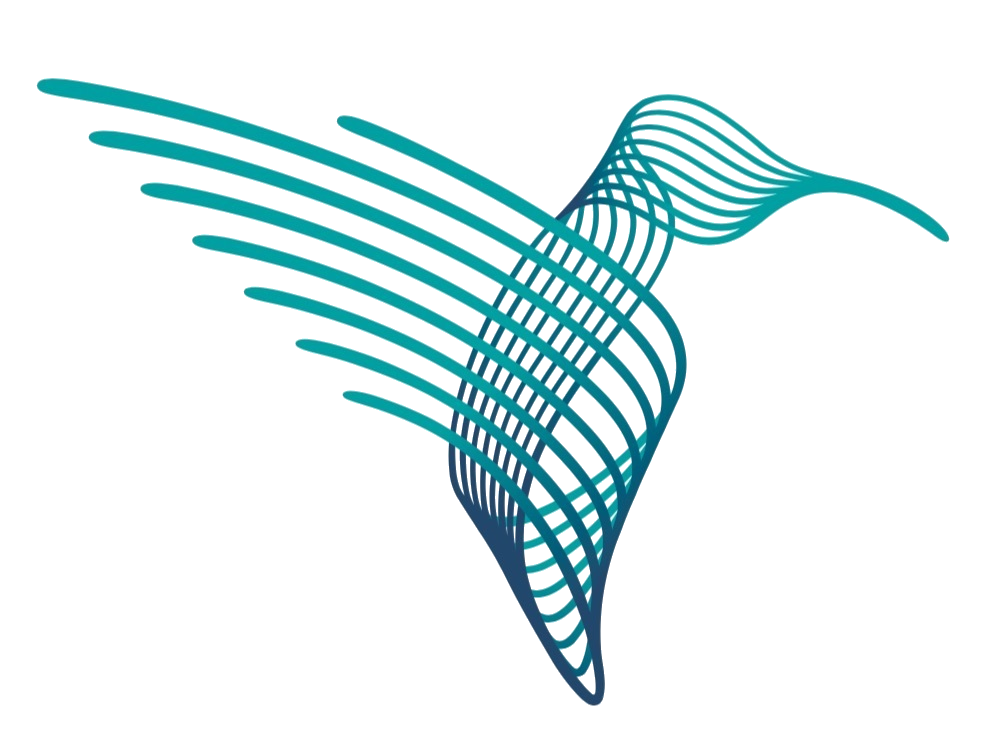Heart Foundation Vanguard Grant Awarded to Max Lim
Heart Foundation Vanguard Grant awarded
Dr Shiang (Max) Lim has been awarded a $150,000 Heart Foundation Vanguard Grant for a project that will look at developing a new treatment to protect the heart from damage following a heart attack. The project will bring together a multi-institutional group, including Professor Derek Hausenloy from Duke-NUS Medical School in Singapore, Dr Hsin-hui Shen from Monash University, Dr Jess Holien from RMIT and SVI’s Dr Davis McCarthy. Max, whose focus is on using stem cells and tissue engineering to find solutions for heart disease, says “Heart disease continues to be the leading cause of death worldwide. Effective new treatments that protect the heart from injury following heart attack are urgently needed.” One of the processes that leads to the heart damage is a change in the shape of the cell’s ‘powerhouse’, the mitochondria. Mitochondria can either fuse together or divide, and the balance of mitochondrial fusion and division events is important for healthy cell function. Max’s research has found that the balance is shifted toward division in heart cells when they become injured. A specific mitochondrial protein, called Drp1, is needed to help in the process of dividing. Max and his team have shown that treatment with a drug that blocks Drp1, and reduces mitochondrial division, can protect animals from heart damage. However, until recently, there has not been a specific and potent inhibitor of this protein that could be developed into an effective drug for humans. “We have discovered a new drug that can bind specifically to the human Drp1 protein, inhibiting mitochondrial division and protecting animals from heart damage after heart attack. In this project, we aim to deliver this drug using a new nanoparticle-based delivery system that will target it specifically to the injured heart tissue. This will reduce the possibility of unwanted side-effects,” Max says. “Without the Heart Foundation Vanguard Grant, we wouldn’t have been to able continue with this project; I am thrilled we have been given the opportunity to take this study further.” It is hoped that the study will provide a new treatment to improve clinical outcomes in patients after heart attack, reducing deaths and increasing quality of life for patients, with fewer patients being re-hospitalised with subsequent heart failure. These outcomes will also be good for the health system’s bottom line, reducing direct and indirect healthcare costs for Australia in the long-term.
